|
Our little farm
evolved over the years from a small group of goats to a full fledge breeding
program and as a result our barns grew too. We started off with just an L shaped
barn right behind the backyard and then brought in a 10x20 storage building.
Originally it was a chicken barn, but I sold all my bantams and the barn sat
empty so since our little herd of goats (at the time 3) was in the process of
growing, we chose to turn that building into our doe barn. So the old L shaped
barn became the buck barn and breeding shed. The doe barn grew rather quickly
with a lean to on the house side (left side) and was tarped in and later we
built another lean to off the right side and enclosed it completely. So the barn
is almost 30x20 now. We also built a milk parlor off the back side of the barn
which is 8x10. That is where I did all my milking. We continued to use the left
lean to as the doe area, the 10x20 building as my isle way and kidding stalls
and eventually the right lean to was kidding stalls and then my junior doe grow
out pen. Here's a progression of photos from the early days in 2006 up.
Click any picture to
see the full size image.
Doe Barn
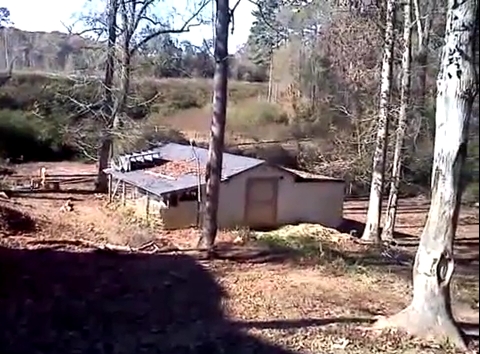
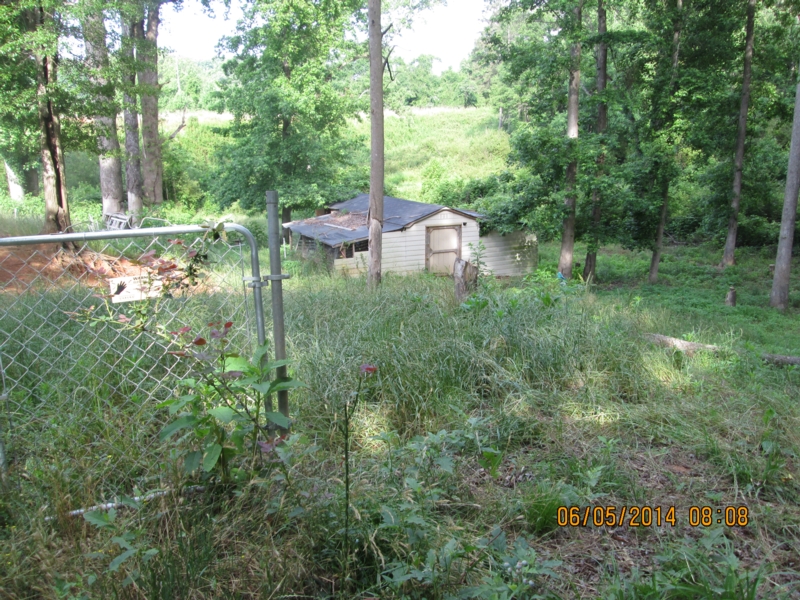
Left: Fall 2013 Right: June 5th, 2014.
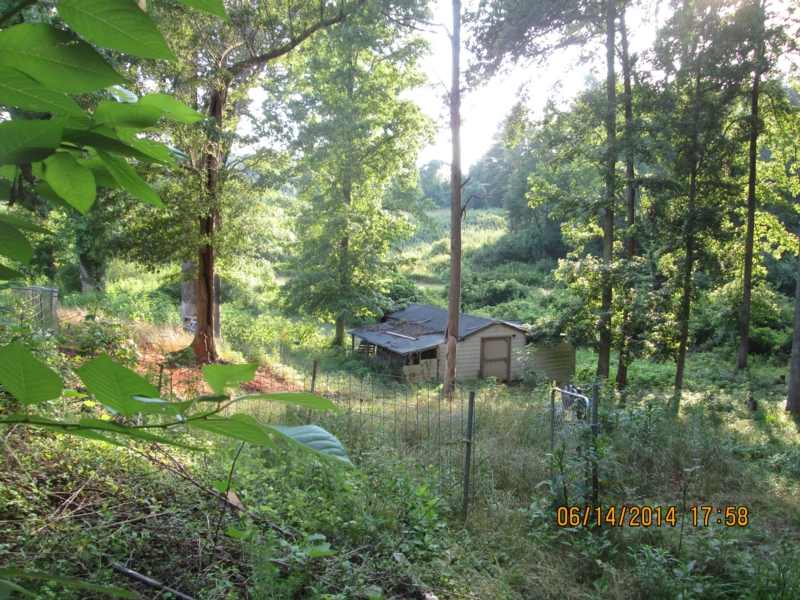
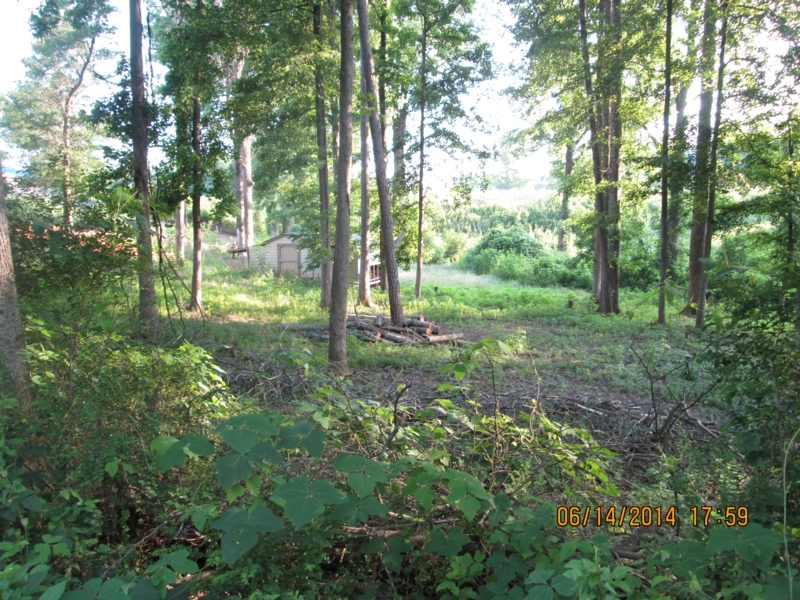
June 14, 2014.
New stalls October 2006
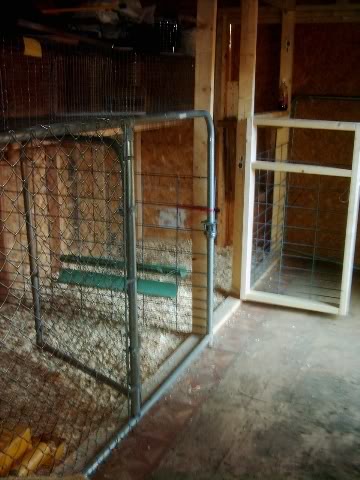
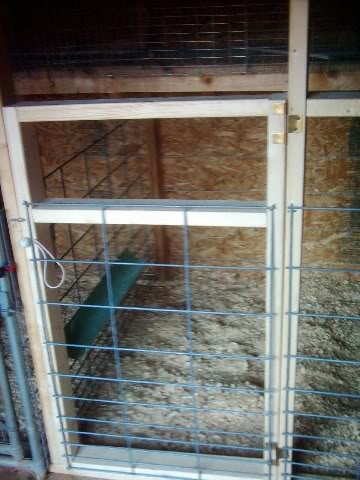
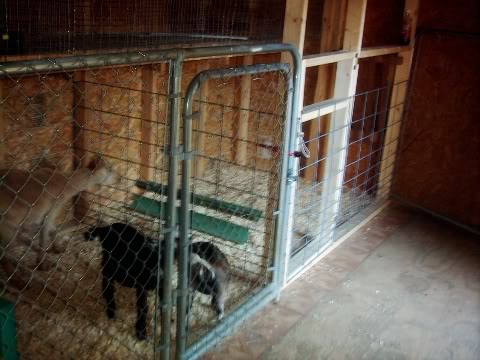
Far right: Two Mini-Oberhasli and one of our
Nigerian Dwarf junior does modeling the stalls for us.
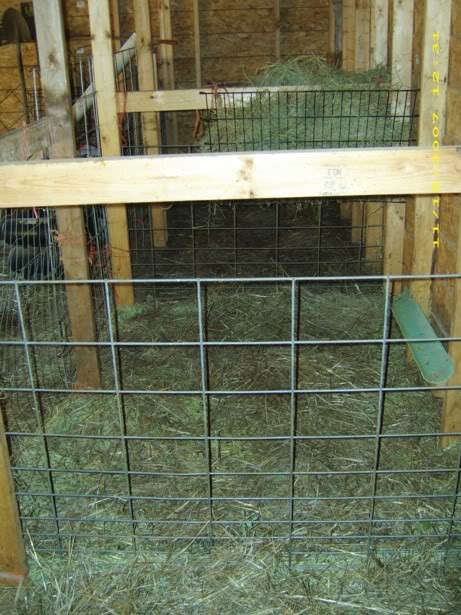
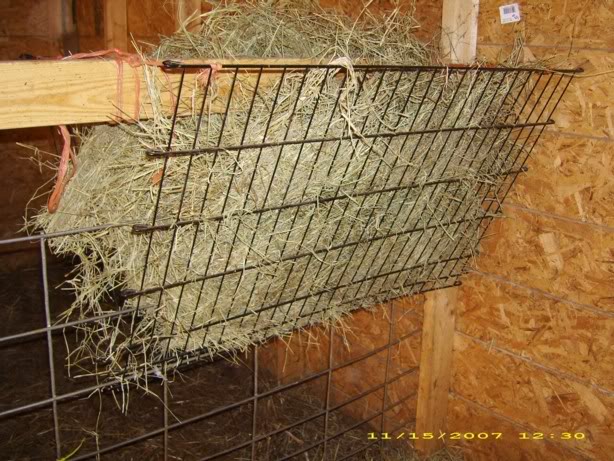
All about saving money and using found
materials for things. This is a dog crate (drop pin) that I used for a hay rack.
Worked till we later put in racks.
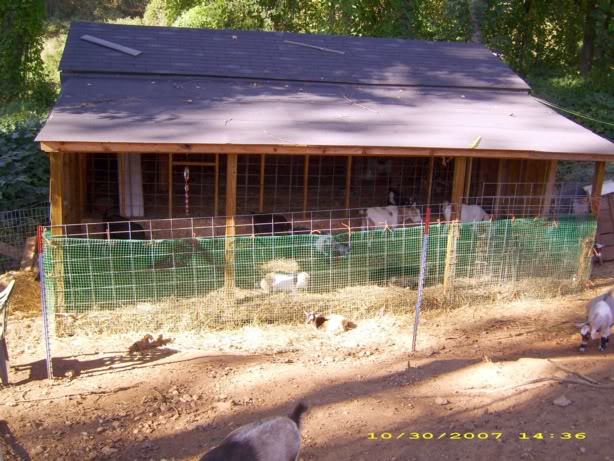

These were after the left lean to were built on
in 2007.
You can see Better Blues HR Anna's Hera (left blue roan), Cornerstone Farm MM
Sarah (white with spots) and SGM AZ Danse the Cha-Cha (roan in the barn).
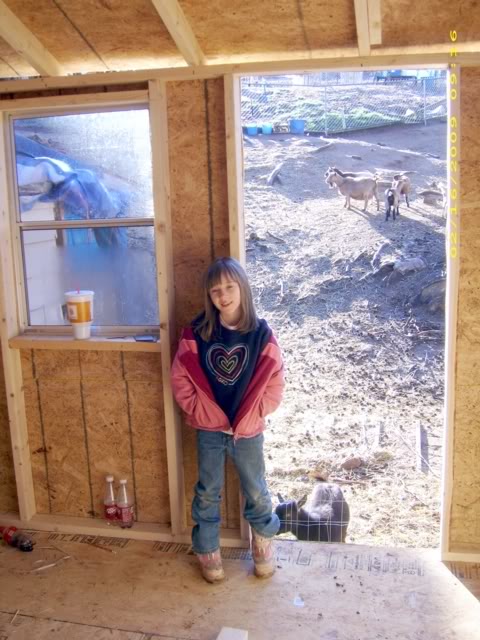
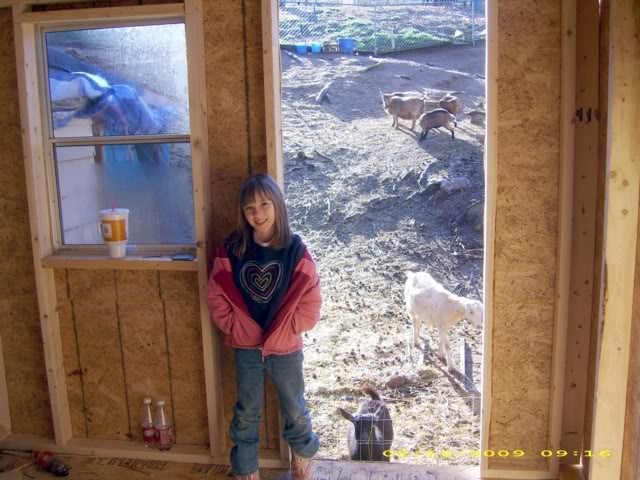
My daughter Hannah at 7 years old helping out
with the Milk Parlor build. You can see SGM PTC Guinevere (black) looking on in
the background and Caesar's Villa FL Fuchsia & Cha-Cha on the hill. The Lamancha
is Lunashower Songbird.
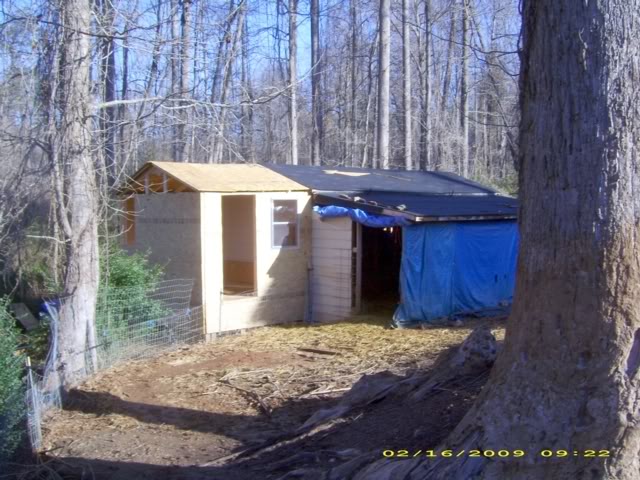
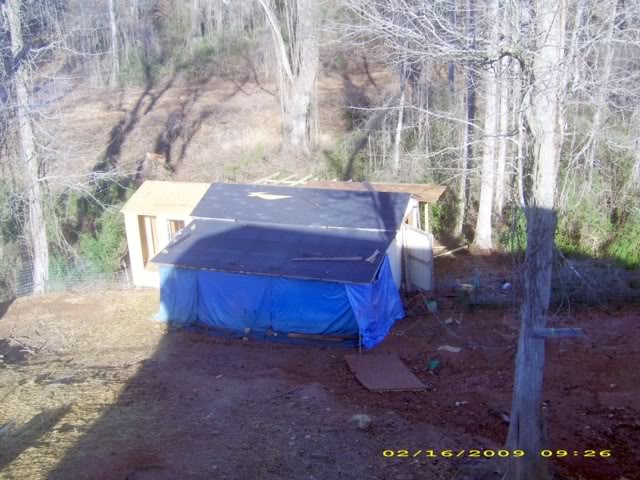
The milk parlor is going in as well as the
right lean to.

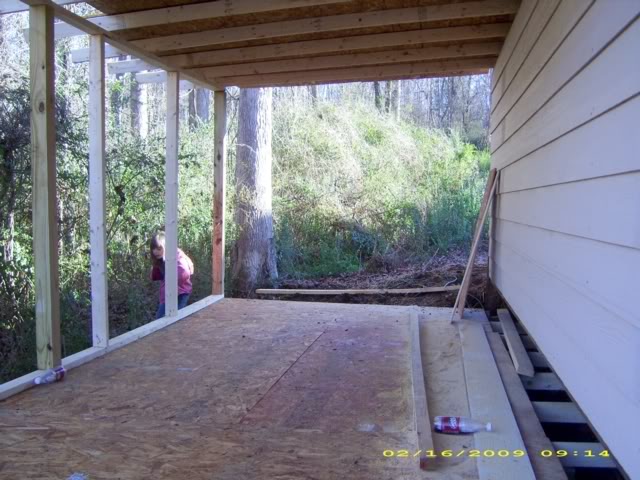
Rear view of the milk parlor going in and the start to the right lean to.
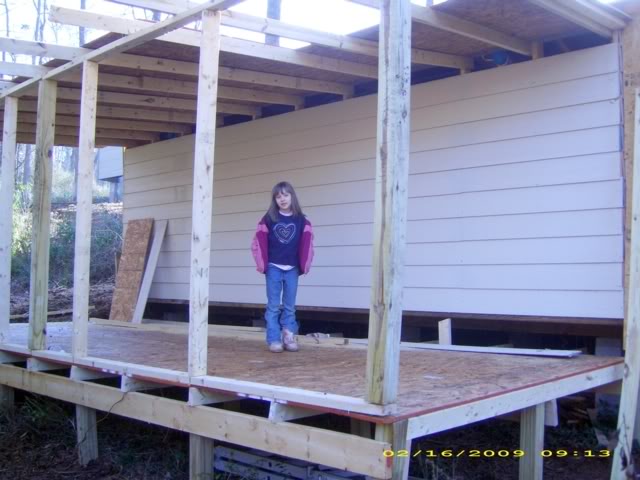
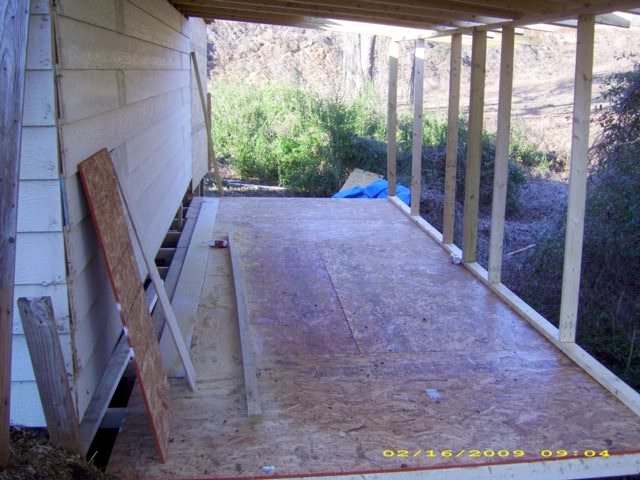
Left: Rear angle view of the right lean to. Right: Front view of the right lean
to.
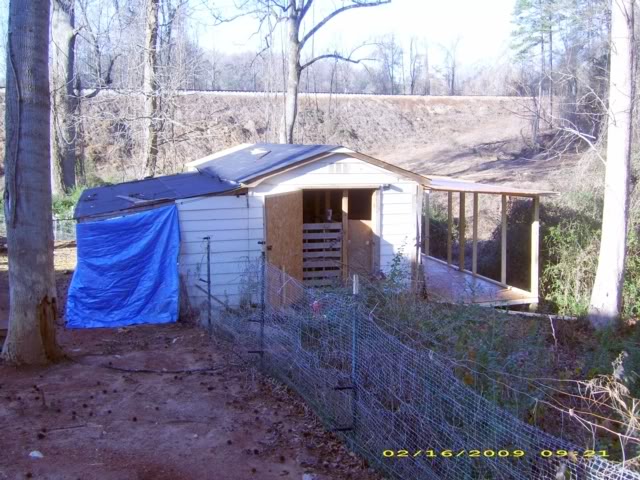
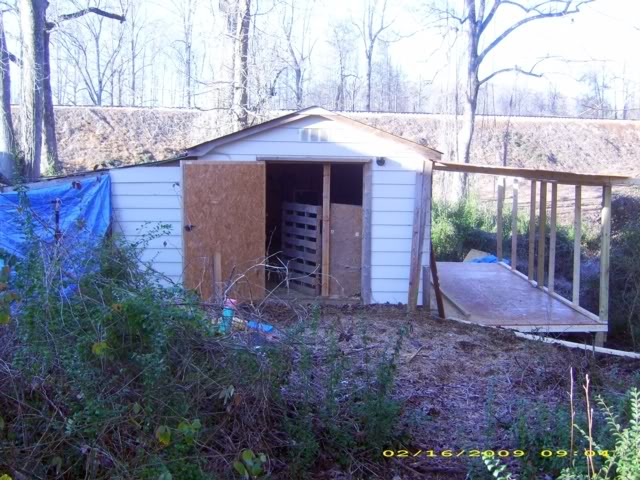
Front of the doe barn in February 2009.
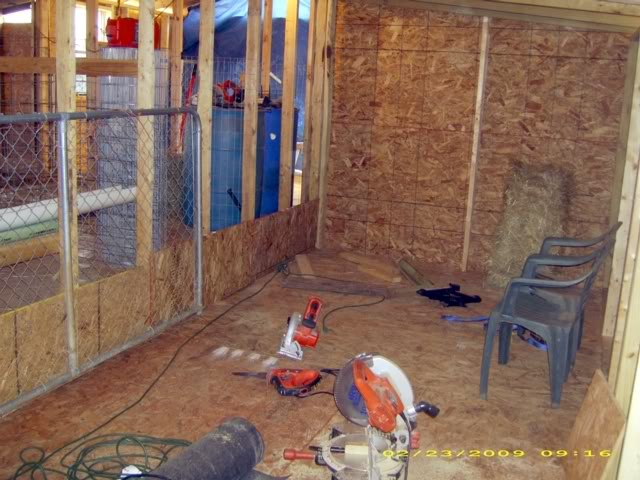
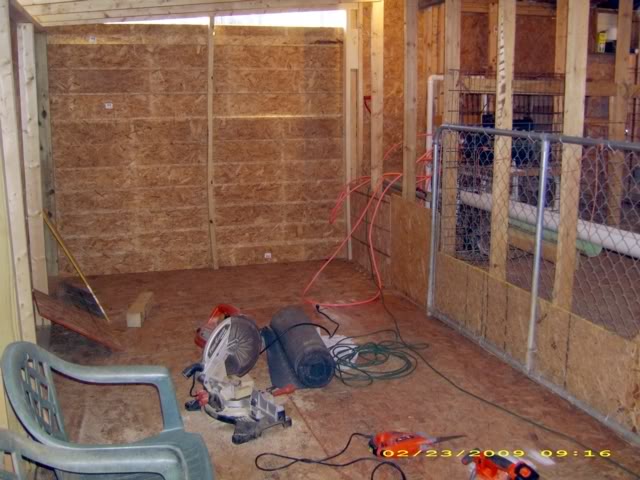
New addition closed in. Future stalls and the later junior grow out pen.
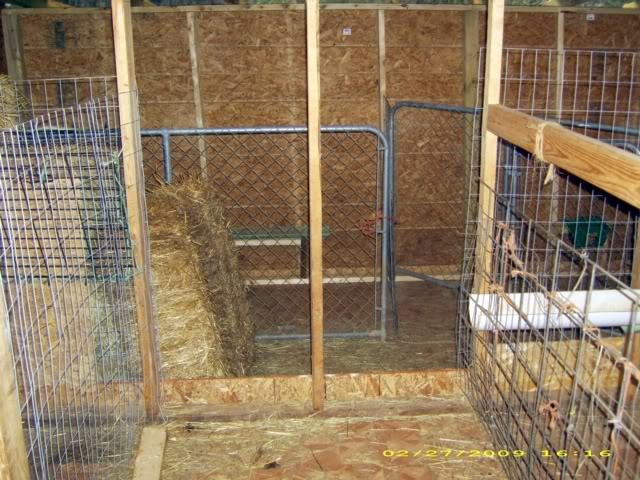
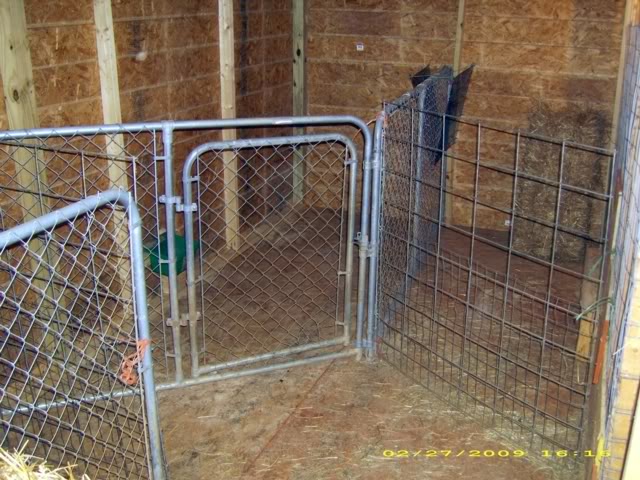
The pass through to the lower section (ie right lean to) and stalls for Spring
'09.
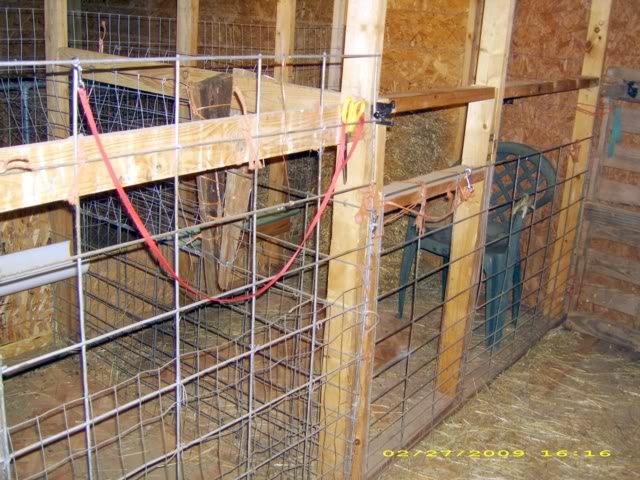
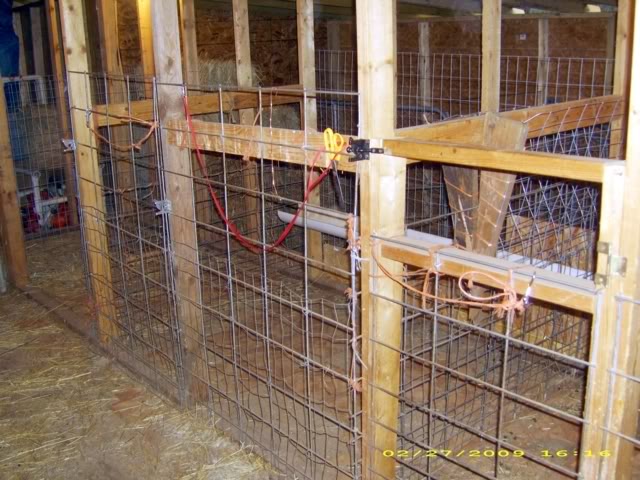
My original stalls built back in 2006, my primary kidding stalls.
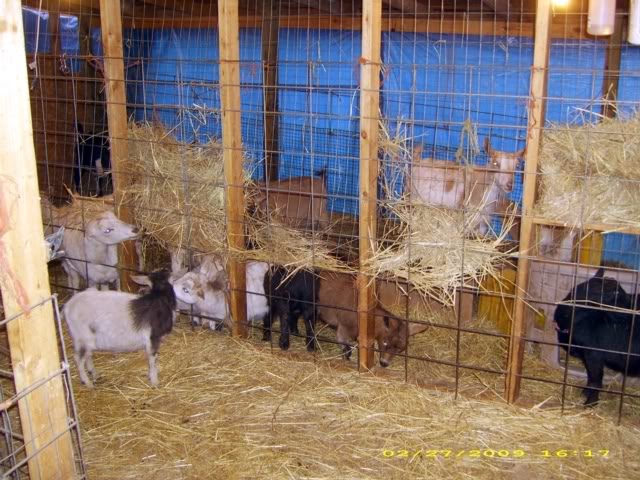
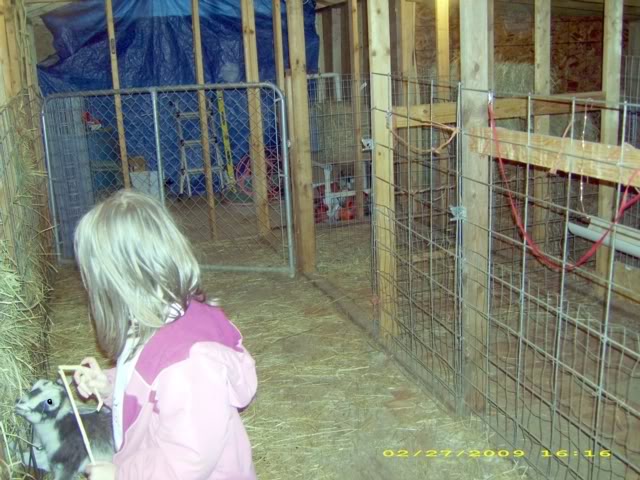
Isle way, hay racks for the main group of does. Some juniors back in the old
days, would just pass through the cattle panels and eat from this side in the
isle to avoid the big pushy girls.
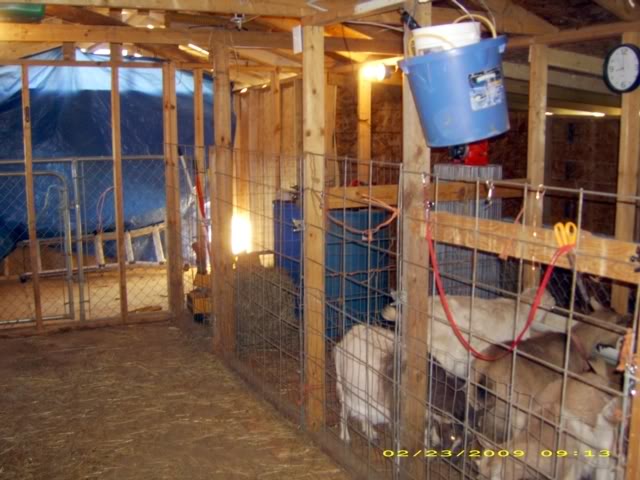

Left: Feeding my preggers who are getting closer to kidding, in a stall for the
increase feed amounts while construction was going on. Right: How we feed the
main herd. Poking heads through cattle panels really reduces pushing and shoving
and it sure makes life easier for me at feed time.

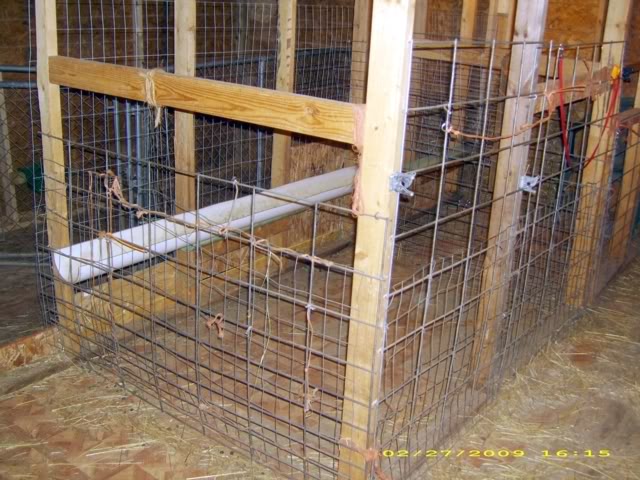
Left: Small doe or first freshener I expect a single out of stall. Only 4'x5' so
its not big enough for most does. Right: Stall #2 as its dubbed at home. #1 & #2
are the same size and my primary kidding stalls.
Buck Barn & Breeding Pens
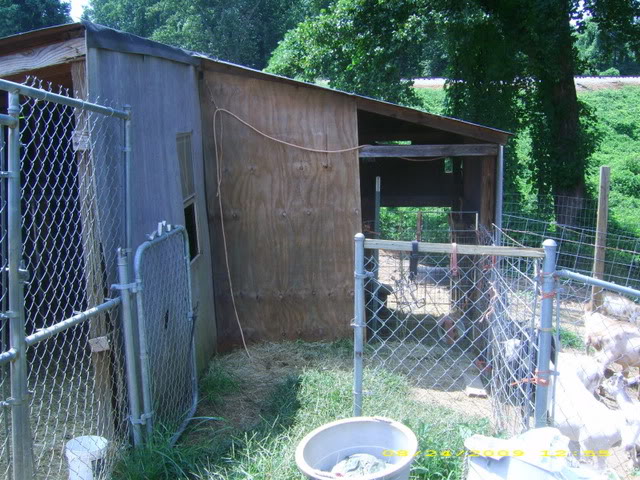
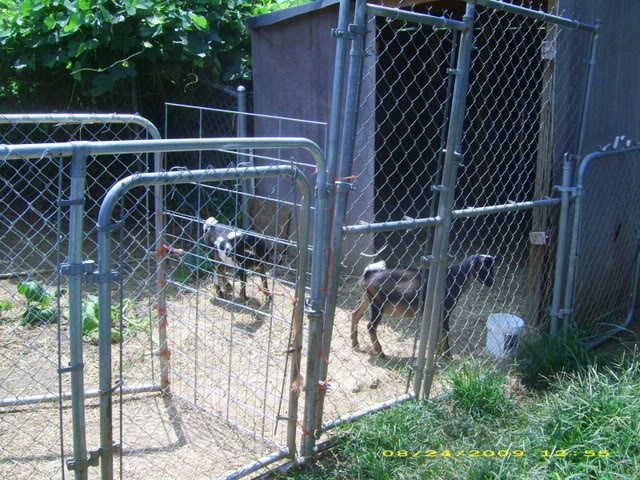
This was the original goat barn. We only had 3 goats in the beginning so the
whole L shaped barn was big enough. Later when we needed stalls for kidding, we
put two in what is now the breeding pen (there was no opening there back then).
Eventually when the doe barn was brought in, we decided it was better suited as
bucks on one side, breeding on the other. We often rigged up extra breeding pens
with cattle panels, dog kennel panels and occasionally pallets during breeding
season. In the left photo above you can see a small holding pen, probably
7.5x7.5' but it served as an excellent breeding pen for supervised breedings. I
didn't leave goats alone in it though.
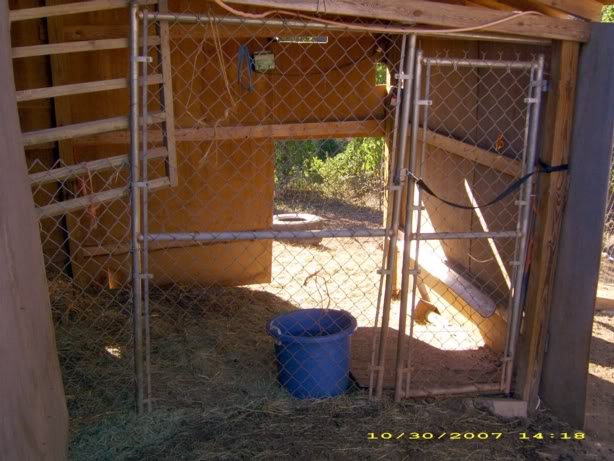
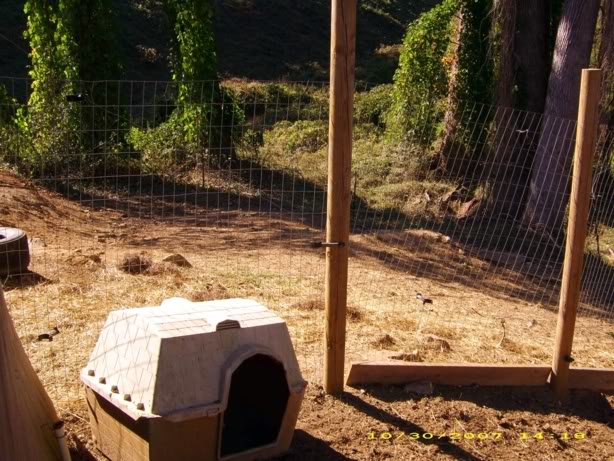
Buck barn and pasture.
|